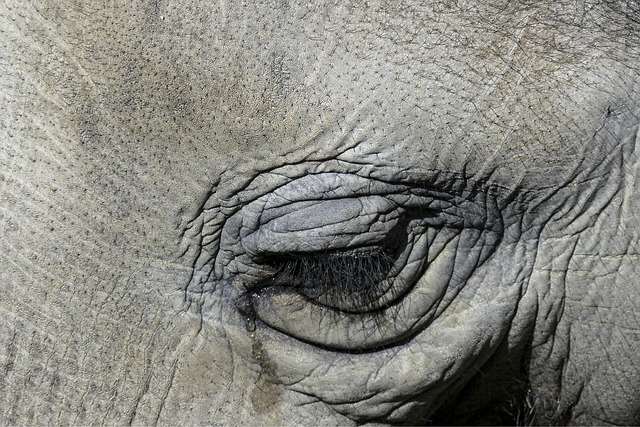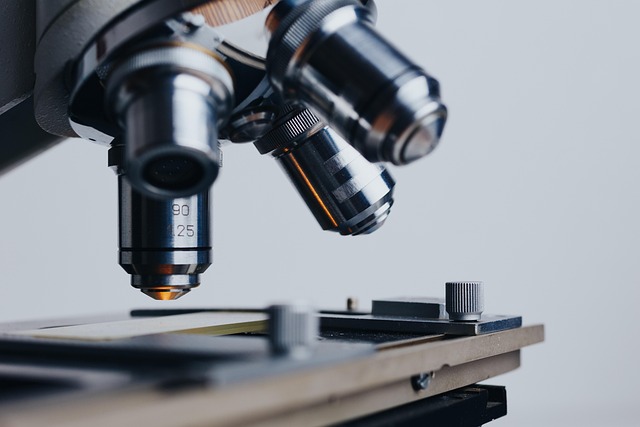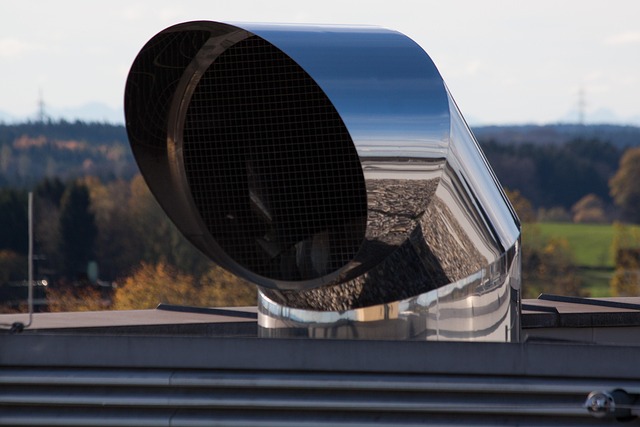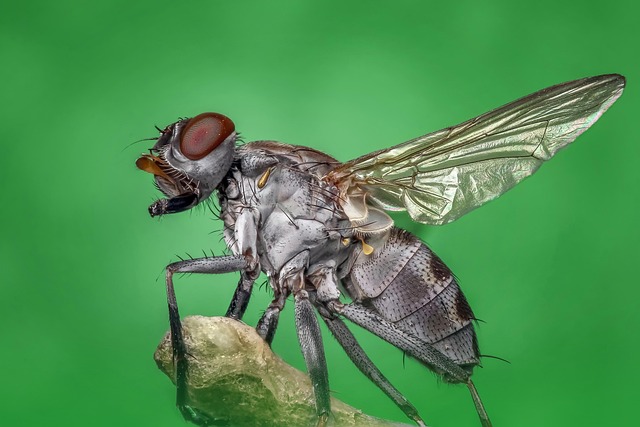
The Unique Anatomy of Geese: The Role of Tomia
Geese are fascinating creatures, known for their distinctive honking and migratory patterns. However, one of their most intriguing anatomical features is often misunderstood: their so-called "teeth." While geese do not possess teeth in the traditional sense, they have specialized structures that serve a similar purpose. This article delves into the anatomy of geese, focusing on the role of tomia, the unique adaptations that aid in their feeding, and the implications for their behavior.
The Anatomy of Geese: A Closer Look at Tomia
Geese belong to the family Anatidae, which includes ducks and swans. Unlike mammals, geese do not have teeth made of enamel. Instead, they possess a series of serrated structures known as tomia, which line the edges of their beaks. These structures are made of keratin, the same protein that forms human hair and nails. The tomia are not true teeth, but they function effectively for the geese's dietary needs.
Functionality of Tomia
The primary function of tomia is to assist in the consumption of food. Geese are primarily herbivorous, feeding on grasses, seeds, and aquatic plants. The serrated edges of the tomia allow them to grasp and tear vegetation efficiently. This adaptation is particularly beneficial for grazing, as it enables geese to pull up grass and other plants with ease.
Behavioral Implications of Tomia
The presence of tomia also influences the behavior of geese. When feeding, geese often exhibit a unique technique known as "grazing." This involves using their beaks to uproot plants while simultaneously using their tomia to shred the foliage. This behavior not only maximizes their food intake but also minimizes energy expenditure, making it an efficient feeding strategy.
Geese as Guard Animals
Interestingly, the aggressive nature of geese, combined with their physical adaptations, has led to their use as guard animals in various cultures. Their loud honking and territorial behavior can deter potential intruders, making them effective protectors of homes and farms. The tomia, while not used for biting in the same way as traditional teeth, can inflict painful injuries if a goose feels threatened.
Conclusion
In summary, while geese do not have teeth in the conventional sense, their tomia serve a critical role in their feeding habits and behavior. Understanding these adaptations provides insight into the ecological niche that geese occupy and highlights the complexity of their anatomy. As wildlife continues to be a subject of interest and study, the unique features of geese remind us of the diverse strategies animals employ to thrive in their environments.
















 The Sweet World of Monosaccharides! 🍬
The Sweet World of Monosaccharides! 🍬 
 Health
Health  Fitness
Fitness  Lifestyle
Lifestyle  Tech
Tech  Travel
Travel  Food
Food  Education
Education  Parenting
Parenting  Career & Work
Career & Work  Hobbies
Hobbies  Wellness
Wellness  Beauty
Beauty  Cars
Cars  Art
Art  Science
Science  Culture
Culture  Books
Books  Music
Music  Movies
Movies  Gaming
Gaming  Sports
Sports  Nature
Nature  Home & Garden
Home & Garden  Business & Finance
Business & Finance  Relationships
Relationships  Pets
Pets  Shopping
Shopping  Mindset & Inspiration
Mindset & Inspiration  Environment
Environment  Gadgets
Gadgets  Politics
Politics 